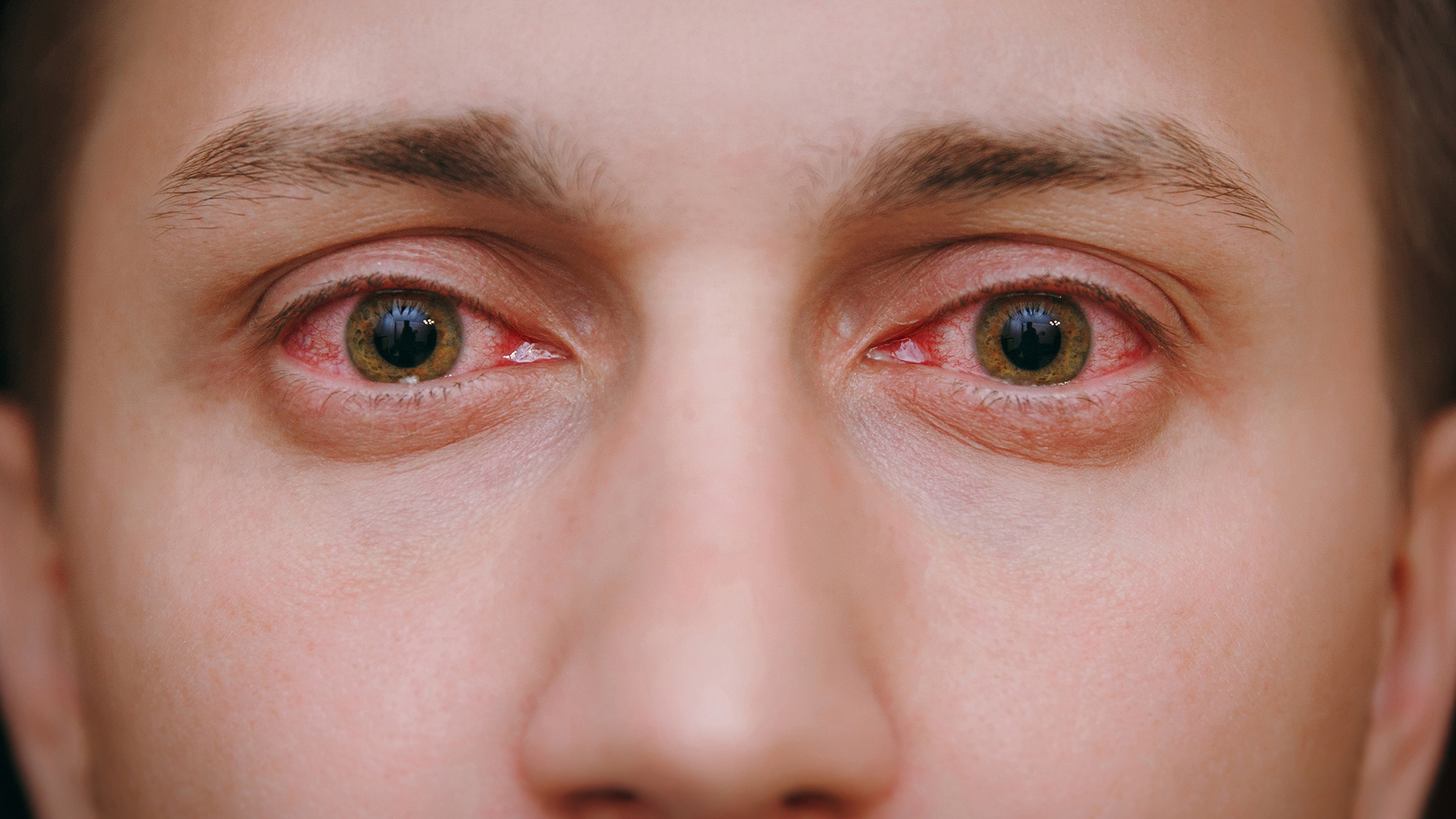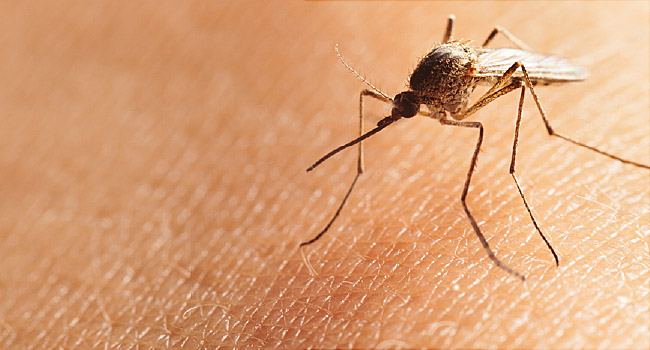What is allergic conjunctivitis?
When your eyes are exposed to substances like pollen or mold spores, they may become red, itchy, and watery. These are symptoms of allergic conjunctivitis. Allergic conjunctivitis is an eye inflammation caused by an allergic reaction to substances like pollen or mold spores.
The inside of your eyelids and the covering of your eyeball have a membrane called the conjunctiva. The conjunctiva is susceptible to irritation from allergens, especially during hay fever season. Allergic conjunctivitis is quite common. It’s your body’s reaction to substances it considers potentially harmful.
What are the types of allergic conjunctivitis?
Allergic conjunctivitis comes in two main types:
Acute allergic conjunctivitis
This is a short-term condition that is more common during allergy season. Your eyelids suddenly swell, itch, and burn. You may also have a watery nose.
Chronic allergic conjunctivitis
A less common condition called chronic allergic conjunctivitis can occur year-round. It is a milder response to allergens like food, dust, and animal dander. Common symptoms come and go but include burning and itching of the eyes and light sensitivity.
What causes allergic conjunctivitis?
You experience allergic conjunctivitis when your body tries to defend itself against a perceived threat. It does this in reaction to things that trigger the release of histamine. Your body produces this potent chemical to fight off foreign invaders. Some of the substances that cause this reaction are:
- household dust
- pollen from trees and grass
- mold spores
- animal dander
- chemical scents such as household detergents or perfume
Some people may also experience allergic conjunctivitis in reaction to certain medications or substances dropped into the eyes, such as contact lens solution or medicated eye drops.
Who is at risk for allergic conjunctivitis?
People who have allergies are more likely to develop allergic conjunctivitis. According to the Asthma and Allergy Foundation of America, allergies affect 30 percent of adults and 40 percent of children, and often run in families.
Allergies affect people of all ages, though they are more common in children and young adults. If you have allergies and live in locations with high pollen counts, you are more susceptible to allergic conjunctivitis.
What are the symptoms of allergic conjunctivitis?
Red, itchy, watery, and burning eyes are common symptoms of allergic conjunctivitis. You may also wake up in the morning with puffy eyes.
How is allergic conjunctivitis diagnosed?
Your doctor will examine your eyes and review your allergy history. Redness in the white of the eye and small bumps inside your eyelids are visible signs of conjunctivitis. Your doctor may also order one of the following tests:
- An allergy skin test exposes your skin to specific allergens and allows your doctor to examine your body’s reaction, which may include swelling and redness.
- A blood test may be recommended to see if your body is producing proteins, or antibodies, to protect itself against specific allergens like mold or dust.
- A scraping of your conjunctival tissue may be taken to examine your white blood cells. Eosinophils are white blood cells that become activated when you have allergies.
How is allergic conjunctivitis treated?
There are many treatment methods available for allergic conjunctivitis:
Home care
Treating allergic conjunctivitis at home involves a combination of prevention strategies and activities to ease your symptoms. To minimize your exposure to allergens:
- close windows when the pollen count is high
- keep your home dust-free
- use an indoor air purifier
- avoid exposure to harsh chemicals, dyes, and perfumes
To ease your symptoms, avoid rubbing your eyes. Applying a cool compress to your eyes can also help reduce inflammation and itching.
Medications
In more troublesome cases, home care may not be adequate. You will need to see a doctor who might recommend the following options:
- an oral or over-the-counter antihistamine to reduce or block histamine release
- anti-inflammatory or anti-inflammation eye drops
- eye drops to shrink congested blood vessels
- steroid eye drops
Shop for oral antihistamines
What is the long-term outlook?
With proper treatment, you can experience relief or at least reduce your symptoms. Recurring exposure to allergens, however, will likely trigger the same symptoms in the future.
How do I prevent allergic conjunctivitis?
Completely avoiding the environmental factors that cause allergic conjunctivitis can be difficult. The best thing you can do is to limit your exposure to these triggers. For example, if you know that you are allergic to perfume or household dust, you can try to minimize your exposure by using scent-free soaps and detergents. You may also consider installing an air purifier in your home.





